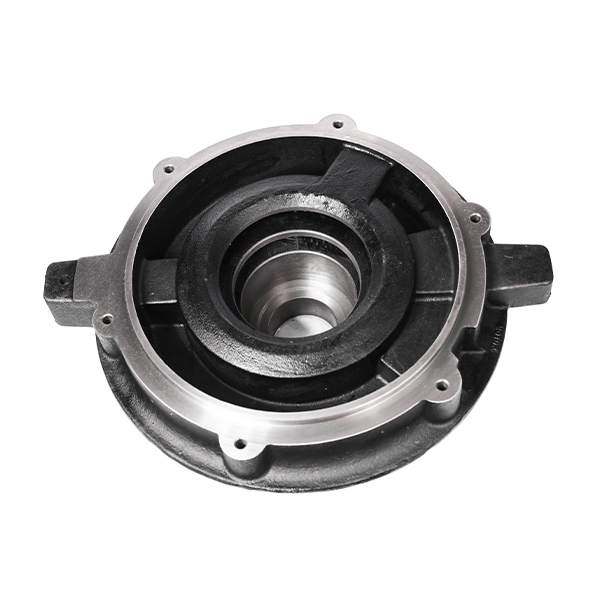Mobile:+86-311-808-126-83
Email:info@ydcastings.com
casting steel
Casting Steel The Art and Science of Metal Fabrication
Casting steel is a pivotal process in the world of metallurgy, combining artistry with engineered precision to produce a material that serves as the backbone of various industries. From automotive components to heavy machinery, the versatility of cast steel has earned it a prominent place in the manufacturing sector.
At its core, casting steel involves pouring molten steel into a mold, allowing it to cool and solidify into a desired shape. This method not only permits the creation of complex geometries that would be challenging to achieve through other methods, such as forging, but it also allows for the production of parts with varied thicknesses and intricate internal features. Due to these capabilities, casting is employed in manufacturing a wide range of products, including valve bodies, pump housings, and structural components for buildings and bridges.
The process of casting steel typically begins with the preparation of the mold
. Molds can be made from various materials, including sand, metal, or ceramics, depending on the specific requirements of the casting process. The choice of mold material directly influences the final properties of the cast piece, such as surface finish and dimensional accuracy. Sand casting is one of the most common methods, as it is cost-effective and suitable for both small and large production runs.Once the mold is prepared, steel is melted in a furnace, often using electric arc or induction heating. The molten steel is then poured into the mold cavity with precision, ensuring that the material fills all areas adequately while minimizing the risk of defects. Control over pouring temperature and speed is crucial, as faster pouring may lead to turbulence, increasing the likelihood of air entrapment and imperfections.
casting steel

Cooling and solidification follow, during which the steel transitions from a liquid to a solid state. The cooling rate can significantly affect the microstructure of the steel, influencing its mechanical properties, such as strength, toughness, and ductility. After a predetermined cooling period, the mold is removed, and the casting is extracted for further processing.
Despite its numerous advantages, the casting process is not without challenges. One of the primary concerns is the potential for defects, such as porosity, inclusions, or distortion during cooling. Manufacturers continually refine their techniques and invest in quality control measures to mitigate these issues. Advanced technologies, such as computer-aided design (CAD) and simulation software, are employed to predict casting outcomes and optimize mold designs, ultimately leading to improved efficiency and lower reject rates.
Another critical aspect of casting steel is the alloying process. Ordinary carbon steel can be modified with the addition of various alloying elements like manganese, chromium, and nickel. These elements can enhance specific properties, making the steel more suitable for particular applications. For instance, alloy steels offer improved wear resistance and corrosion resistance, expanding their usability in harsh environments.
Sustainability also plays an increasingly vital role in the steel casting industry. Efforts to reduce waste and energy consumption are underway, with many manufacturers adopting greener practices, such as recycling scrap steel and utilizing electric arc furnaces powered by renewable energy sources. This pivot towards sustainability not only benefits the environment but also enhances the marketability of cast steel products in a world that is progressively prioritizing eco-friendly practices.
In conclusion, casting steel is an intricate blend of art and science, facilitating the creation of essential components that drive various industries forward. The ongoing advancements in technology, coupled with a commitment to sustainability, promise to shape the future of casting steel, ensuring its relevance in an ever-evolving market. As manufacturers continue to innovate, the potential applications of cast steel will only broaden, solidifying its place as a fundamental material in modern engineering endeavors.
-
Why Should You Invest in Superior Pump Castings for Your Equipment?NewsJun.09,2025
-
Unlock Performance Potential with Stainless Impellers and Aluminum End CapsNewsJun.09,2025
-
Revolutionize Your Machinery with Superior Cast Iron and Aluminum ComponentsNewsJun.09,2025
-
Revolutionize Fluid Dynamics with Premium Pump ComponentsNewsJun.09,2025
-
Optimizing Industrial Systems with Essential Valve ComponentsNewsJun.09,2025
-
Elevate Grid Efficiency with High-Precision Power CastingsNewsJun.09,2025











